Tires Load Index vs Load Range: What They Mean and Why They Matter
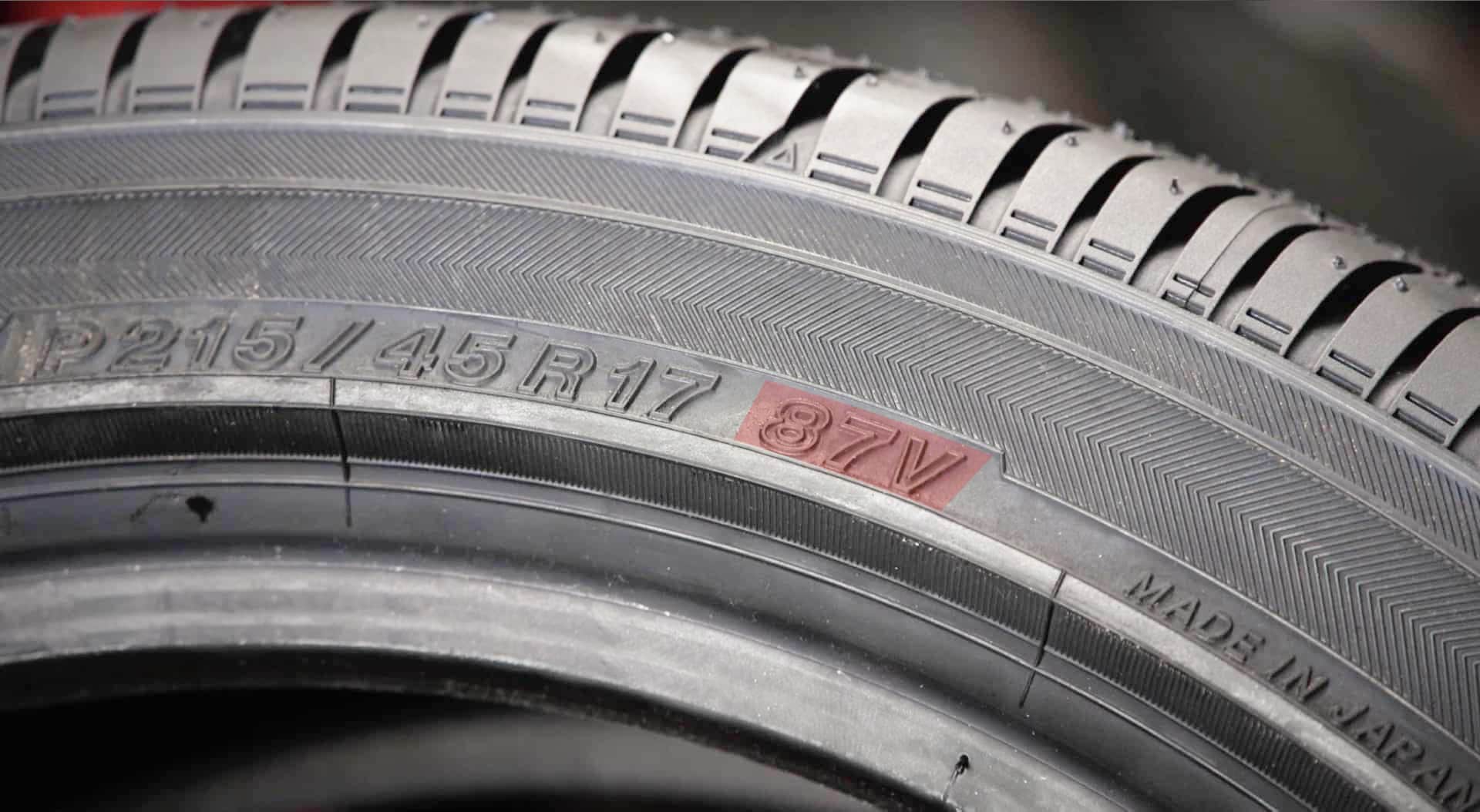
Tire professionals use two primary categorizations to convey a tire’s weight-carrying capacity: Load Range and Load Index.
In this article, we’ll delve into the differences between tires load index vs load range, and how to decipher the codes on your tire’s sidewall to ensure you select the appropriate tire for your vehicle.
What is a tire load range?
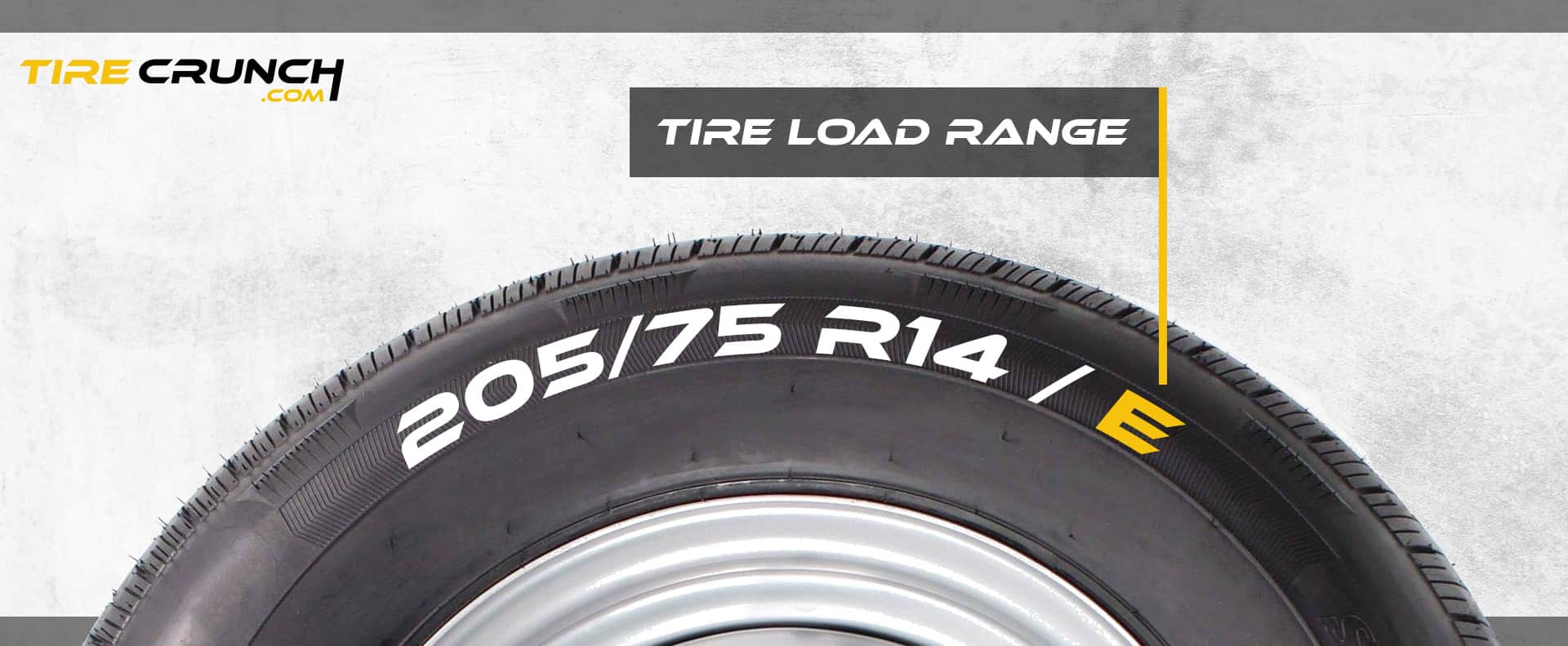
A tire’s Load Range is represented as a letter found on the sidewall of the tire (e.g. 205/75 R14 / E). The letter at the end indicates how much weight and air pressure the tire can handle; the higher the letter in the range (A→G), the greater the load capacity of the tire.
Load range measurement is based on an older metric called ‘ply rating’. To comprehend ply rating, one must first be aware that tires aren’t exclusively constructed from rubber. Within the tire, sandwiched between layers of rubber, you will find cords, which are made out of metal and fabrics and are also known as plies.
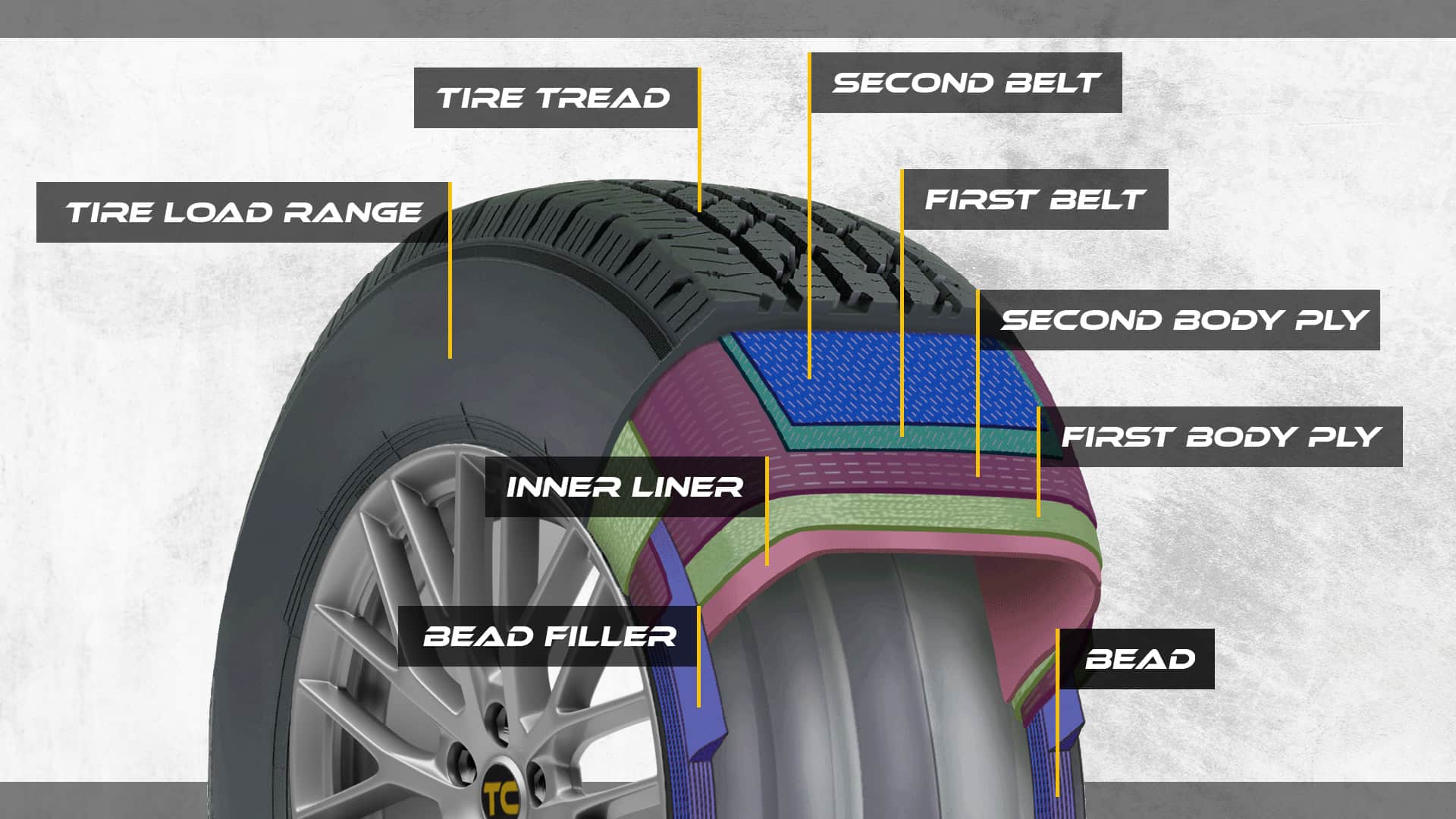
Back in time, the ply rating relied on the number of plies included in the tire’s construction – more plies meant a higher load range and better load-bearing capacity.
So, an increase in letter designation (A→B; B→C, etc.) would see an increase of two plies. Therefore, a Load Range A tire was composed of two plies while a Load Range E tire had ten.
Modern tire construction, however, uses stronger materials allowing for fewer plies. So, nowadays, load range simply defines the tire’s toughness and max allowable air pressure rather than giving specific information about the actual number of plies being used.
For example, a “C” load range is equal to 6-ply construction but may be constructed with one or two plies of material.
In addition to the letter, you will also see a number following it which corresponds to the maximum air pressure that the tire can take. Continuing with our “C” example, if you see a “C1” then that means your tire can withstand up to 50 PSI, while “C2” means your tire can withstand up to 35 PSI. This same pattern holds true for other tiers as well.
Tire Load Range can be marked in two ways:
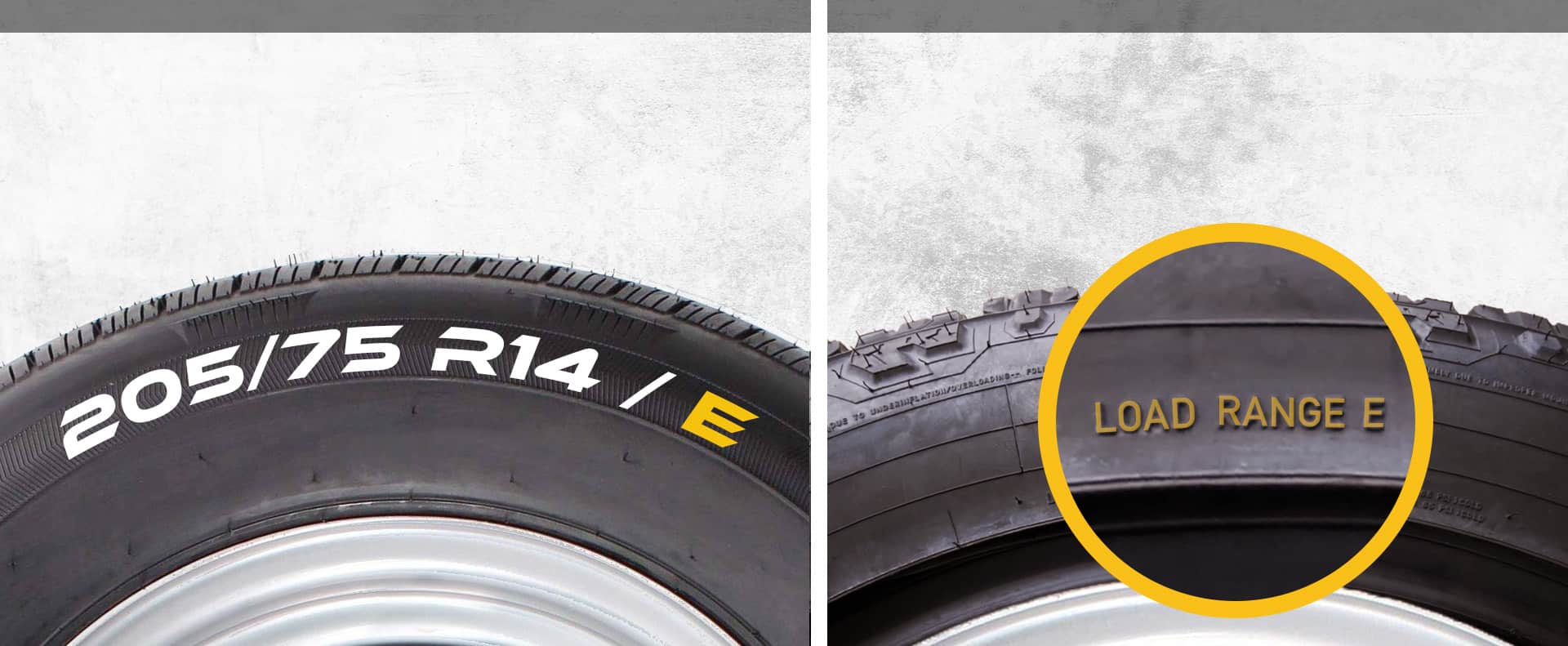
Tire Load Range Chart
| Load Range | Ply Rating | Max Load Pressure (psi) | Load Capacity (lbs) |
|---|---|---|---|
| B | 4 | 35 | 990-1,410 |
| C | 6 | 50 | 1,540-2,270 |
| D | 8 | 65 | 2,540-3,140 |
| E | 10 | 80 | 2,890-3,920 |
| F | 12 | 95 | 3,970-4,690 |
| G | 14 | 110 | 5,140-6,010 |
| H | 16 | 125 | 6,840-7,660 |
What is a tire load index?
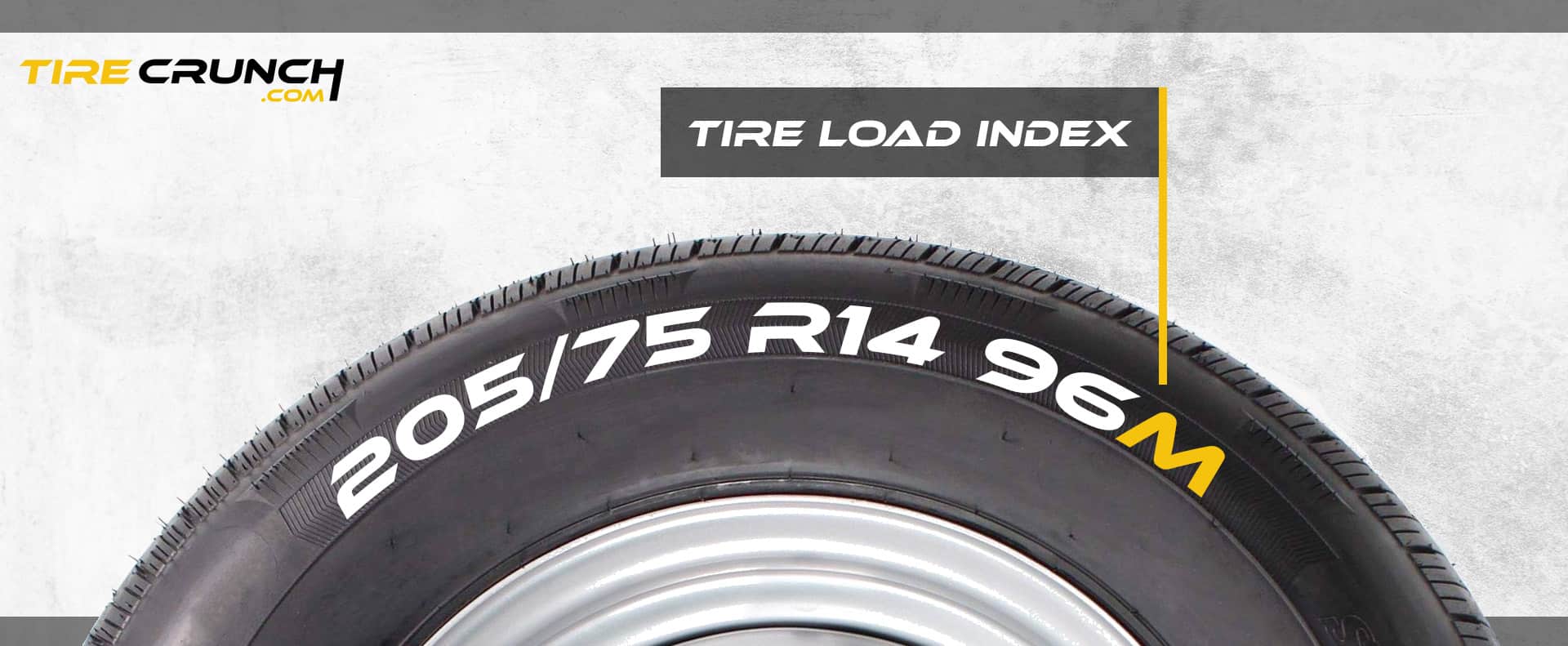
As the Load Range/Ply rating is now becoming outdated, tire makers have implemented a new way of measuring the loading capacity of tires, known as the Load Index. This numerical system runs from 0 to 250, indicating the maximum load that a tire can safely hold at its maximum inflation pressure. The higher the tire’s load index, the greater its weight-bearing capacity.
Note: In dual-wheel applications, tire load capacity is expressed by two numbers: the higher number (load index) applies to single rear-wheel applications and a lower number is used for dual-wheel setups.
Tire Load Index Chart
If you’re wondering what your tires’ load-bearing capacity is, check out our handy load index chart below.
| Index | Load (lbs) |
|---|---|
| 71 | 761 |
| 72 | 783 |
| 73 | 805 |
| 74 | 827 |
| 75 | 853 |
| 76 | 882 |
| 77 | 908 |
| 78 | 937 |
| 79 | 963 |
| 80 | 992 |
| 81 | 1019 |
| 82 | 1047 |
| 83 | 1074 |
| 84 | 1102 |
| 85 | 1135 |
| Index | Load (lbs) |
|---|---|
| 86 | 1168 |
| 87 | 1201 |
| 88 | 1235 |
| 89 | 1279 |
| 90 | 1323 |
| 91 | 1356 |
| 92 | 1389 |
| 93 | 1433 |
| 94 | 1477 |
| 95 | 1521 |
| 96 | 1565 |
| 97 | 1609 |
| 98 | 1653 |
| 99 | 1709 |
| 100 | 1764 |
| Index | Load (lbs) |
| 101 | 1819 |
| 102 | 1874 |
| 103 | 1929 |
| 104 | 1984 |
| 105 | 2039 |
| 106 | 2094 |
| 107 | 2149 |
| 108 | 2205 |
| 109 | 2271 |
| 110 | 2337 |
| 111 | 2403 |
| 112 | 2469 |
| 113 | 2535 |
| 114 | 2601 |
| 115 | 2679 |
Using the Tire Load Index Chart
Let’s look at an example. Let’s say a tire has a load index of 92. This means that the tire can support up to 1,389 pounds at its maximum air pressure.
As you have four tires on your vehicle, their combined weight-carrying capacity will be 4 x 1,389 = 5,556 pounds. That’s the amount of weight that your car can safely carry with those tires
Where to Find the Load Index on a Tire?
The load index of a tire can usually be found printed on the sidewall of the tire. It is indicated by a number followed by a letter, such as 96M. The load index number comes before the speed rating letter and signifies the maximum weight that a single tire can hold when it is inflated to its maximum pressure.
Related Reading: Do Tire Repairs Affect the Speed Rating of a Tire?
Tires Load Index vs Load Range: Key Differences
Load range refers to the thickness and strength of a tire’s sidewall, which directly affects its weight capacity and pressure handling. Load range is measured using letters that indicate ply rating or number of layers, such as C, D, or E.
On the other hand, the load index measures the maximum weight capacity of a tire at a specified pressure level and is represented by numerical values from 0 to 110 (for passenger cars). A higher numeric value means a greater weight-carrying capability for the tire.
Besides this, the load range and load index also differ in their applications. To better understand their differences and similarities, let’s take a closer look at each:
Is Tire Load Index Important?
The tire load index is an essential factor to consider when selecting the right tires for your vehicle.
If you use a tire with a lower load index rating than what your vehicle requires, it may result in overloading and eventual blowout.
On the other hand, if you go for a higher-rated tire than what you need, it might lead to reduced fuel efficiency due to increased rolling resistance.
What Will Happen When Overloading Your Tires?
Overloading your tires can be dangerous and damaging to both your vehicle and the tires themselves.
If you exceed the tire load limit, the tire will be under excessive strain and you risk causing irreversible damage to the tire’s structure and increasing the chances of a blowout or other tire failure while driving.
Overloaded tires may also experience premature tread wear and decreased stability on the road.
It’s important to note that while load range and load index indicate how much weight a tire can carry, they don’t necessarily indicate how durable or long-lasting it will be.
To understand this better, you should also look at other factors such as treadwear ratings and speed ratings when selecting tires for your vehicle.
Signs Of Wear And Tear On Tires
Tire wear and tear can be caused by a variety of factors, including improper load index selection. Here are some common signs of wear and tear to look out for:
FAQs
What Load Index Is Load Range E?
Load range E is a specific type of load range for tires that is commonly used in heavy-duty applications, such as on trucks, trailers, and vans that carry heavy loads. Load range E tires have a ply rating of 10 and a load index of 119. This means they can carry up to 3,197 pounds of weight per tire when properly inflated and used in the correct application.
What Does SL Mean on a Tire?
When it comes to tire load range, SL stands for Standard Load. This means that the tire can operate at a maximum load pressure of 35 psi, and has a 4-ply rating without reinforced ply. Generally speaking, standard-load tires are intended for normal, everyday use and are less durable than tires with higher load ranges.
What Does Xl Mean on a Tire?
XL on a tire means Extra Load. It indicates that the tire has been designed to handle heavier loads and weight pressures compared to Standard Load (SL) tires of the same size. XL or Reinforced tires have a 4-ply rating, making them capable of supporting extra loads without sacrificing performance or safety. These types of tires are typically used in heavy-duty vehicles like trucks, buses, and SUVs.
XL tires have stronger sidewalls that protect against damage caused by excessive stress when carrying heavy loads. The reinforced design can handle up to 20% more load capacity than their SL counterparts, ensuring optimal performance and durability under tough conditions. If your car requires XL-rated tires, it is important to use the correct type for maximum safety and performance on both smooth roads and rough terrains.
Do Tires With A Higher Load Rating Help The Car Ride More Smoothly On Rough Roads?
While it may seem logical to assume that tires with a higher load rating would provide a smoother ride on rough roads, this is not necessarily the case. In fact, other factors such as tire size, tread design, and vehicle suspension play a more significant role in how well a car handles bumpy terrain. The load rating on a tire simply indicates its weight capacity and does not directly affect ride comfort.
Can I Buy Tires With A Different Load Index?
While it is technically possible to buy tires with a different load index than what your vehicle manufacturer recommends, it’s not recommended.
The load index directly impacts the tire’s carrying capacity, and choosing one that is too low can lead to issues with performance, safety, and liability risks.
It’s important to follow the manufacturer’s guidelines about which tire specifications are appropriate for your specific vehicle when considering purchasing new tires.
